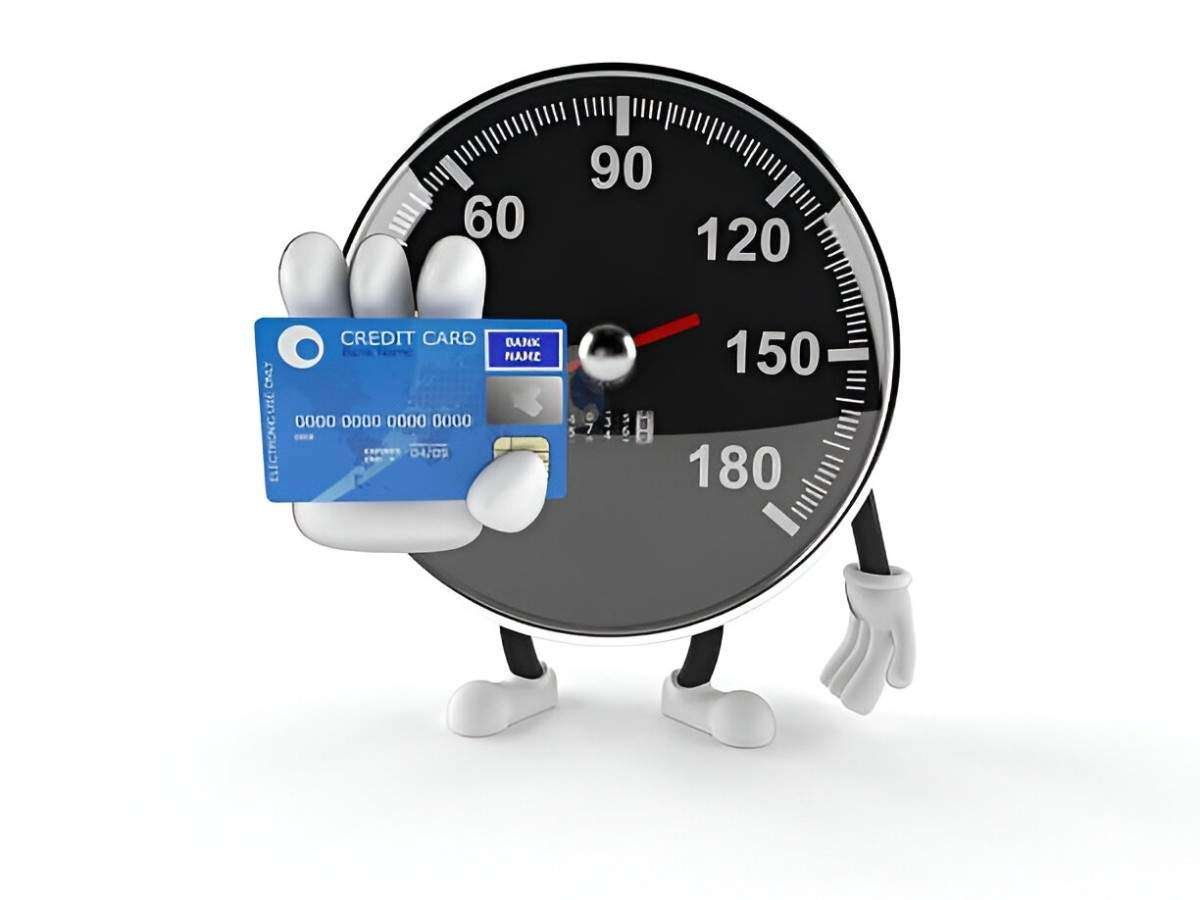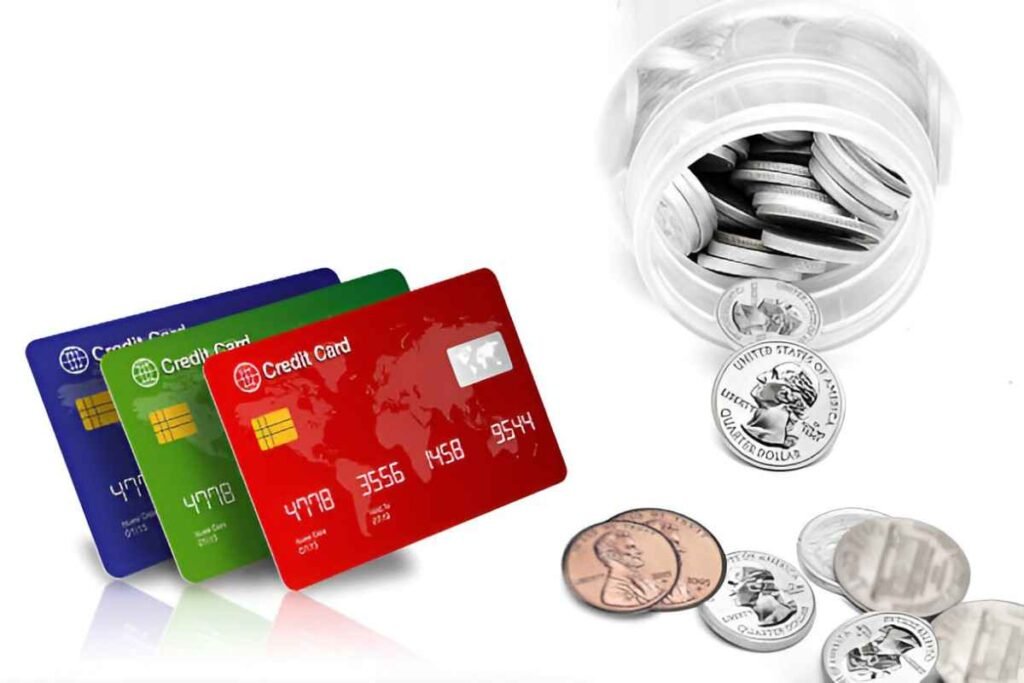A $300 credit card limit with no deposit can be an appealing option for those looking to build or rebuild credit without tying up their money. Many people seek these cards because they offer a chance to access credit without the immediate financial commitment of a security deposit. In this article, I will explore how such cards work, who they are best suited for, their advantages and disadvantages, and how to use them effectively.
Table of Contents
What Does a $300 Credit Card Limit Mean?
A $300 credit card limit means that the total amount you can charge to the card is capped at $300. If you make a purchase of $100, your available credit decreases to $200 until you make a payment. Once you pay off the balance, your available credit goes back up.
Credit Utilization Example
| Transaction | Amount | Remaining Credit |
|---|---|---|
| Starting Balance | $300 | $300 |
| Purchase 1 | $100 | $200 |
| Purchase 2 | $50 | $150 |
| Payment | $75 | $225 |
Credit utilization plays a critical role in your credit score. Using too much of your available credit—especially above 30%—can negatively impact your score.
No Deposit Credit Cards: How Do They Work?
Unlike secured credit cards that require an upfront security deposit, no deposit credit cards allow you to use credit without putting down collateral. The credit issuer assesses your creditworthiness based on your credit history, income, and other factors to determine if you qualify.
Some credit cards with no deposit are designed for those with good credit, while others cater to individuals with limited or poor credit history.
Key Differences: Secured vs. No Deposit Credit Cards
| Feature | Secured Credit Cards | No Deposit Credit Cards |
|---|---|---|
| Upfront Deposit | Required | Not Required |
| Credit Limit | Based on deposit | Based on creditworthiness |
| Credit Building | Yes | Yes |
| Approval Difficulty | Easier | Harder |
Who Should Consider a $300 No Deposit Credit Card?
A $300 credit limit credit card with no deposit may be suitable for:
- First-time credit card users: It provides an opportunity to start building credit without significant risk.
- Individuals with fair credit: If you have a decent credit history, you might qualify for such cards.
- Budget-conscious consumers: If you want to avoid tying up cash in a security deposit.
- People seeking a backup payment option: The card can act as a financial safety net in emergencies.
Pros and Cons of a $300 Credit Limit with No Deposit
Pros
- No Upfront Cost: You don’t need to deposit money, freeing up your cash for other expenses.
- Credit Building Opportunity: Regular use and on-time payments can improve your credit score.
- Fraud Protection: Credit cards offer better fraud protection compared to debit cards.
- Access to Rewards: Some cards provide cash back or points on purchases.
Cons
- Low Credit Limit: A $300 limit can be restrictive for larger expenses.
- High Interest Rates: Many no deposit cards have higher interest rates compared to secured options.
- Risk of Overspending: The temptation to use the full credit limit can lead to debt accumulation.
- Possible Fees: Some cards may include annual fees or other charges.
Examples of No Deposit Credit Cards with a $300 Limit
To better understand the options available, let’s look at some examples of credit cards that typically offer a $300 limit with no deposit.
| Card Name | Credit Limit | Annual Fee | Interest Rate | Rewards |
|---|---|---|---|---|
| Card A | $300 | $0 | 24.99% | 1% cash back |
| Card B | $300 | $39 | 26.99% | None |
| Card C | $300 | $0 | 22.99% | 2% on groceries |
Comparing options allows you to choose a card that aligns with your spending habits and financial goals.
Tips for Managing a $300 Credit Limit Effectively
- Keep Utilization Low: Aim to use no more than 30% of your limit, which means keeping your balance below $90.
- Pay in Full Monthly: Avoid carrying a balance to prevent interest charges.
- Set Up Alerts: Notifications can help you track spending and avoid exceeding your limit.
- Monitor Your Credit Score: Regular checks can help you track progress and detect any potential issues.
Example of Responsible Usage
Let’s say you use your card to make small purchases and pay them off promptly.
| Month | Purchases | Payments | Remaining Balance |
|---|---|---|---|
| January | $50 | $50 | $0 |
| February | $75 | $75 | $0 |
| March | $90 | $90 | $0 |
By following this approach, you keep your utilization low and maintain a positive credit history.
What to Watch Out For
When considering a no deposit credit card, it’s important to watch for potential pitfalls:
- Hidden Fees: Some cards have processing fees or monthly maintenance charges.
- Penalty APR: Late payments can trigger higher interest rates.
- Credit Reporting: Ensure the card issuer reports to all three major credit bureaus.
How to Apply for a $300 Credit Limit No Deposit Card
Applying for a no deposit credit card involves several steps:
- Check Your Credit Score: Knowing your score helps identify suitable options.
- Compare Offers: Look at interest rates, fees, and benefits.
- Complete the Application: Provide personal and financial information.
- Review Terms Carefully: Understand all terms before accepting the offer.
Conclusion
A $300 credit card limit with no deposit can be a useful financial tool if managed responsibly. It allows individuals to build credit, make small purchases, and enjoy the convenience of credit without the burden of a security deposit. By keeping spending in check, making timely payments, and understanding the terms of the card, users can benefit from this financial opportunity without falling into debt. Carefully reviewing available options and using the card wisely ensures that it serves as a stepping stone to better financial health.





